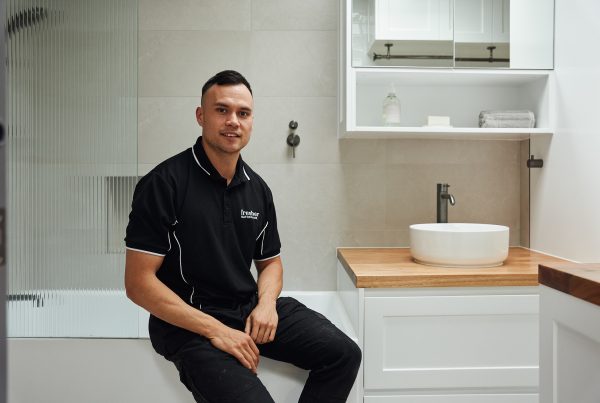When it comes to bathroom renovations, choosing the right grout and caulk is just as important as choosing the right tiles and fixtures. Grout and caulk play a critical role in ensuring the durability and longevity of your bathroom tiles, as well as the overall design of your bathroom. In this article, we’ll discuss some helpful tips for selecting the best grout and caulk for your bathroom renovation.
Consider the Type of Tiles and Grout Lines
 Tailoring Grout and Caulk Selection to Tile Specifications
Tailoring Grout and Caulk Selection to Tile Specifications
Selecting the appropriate grout and caulk is a pivotal decision in any bathroom renovation, directly influencing both the aesthetic appeal and the longevity of the tile work. This choice should be informed by a detailed consideration of the tile type, grout line size, and the specific demands of the bathroom environment. For homeowners in Sydney embarking on a renovation journey, understanding the relationship between tile characteristics and grout selection can ensure both durability and visual harmony in their bathroom space.
Matching Grout to Tile Type and Grout Line Width
The compatibility of grout with the tile type and the width of the grout lines is crucial. Larger tiles, which are increasingly popular for their sleek appearance and ease of maintenance, typically necessitate wider grout lines to accommodate subtle shifts and expansions. Conversely, mosaic or smaller tiles, favoured for decorative accents, require finer grout lines to maintain the intricacy of the design.
- Material Consideration: Sanded grout, known for its robustness, is suited to wider grout lines and areas of higher traffic or moisture exposure. Un-sanded grout, with its smoother finish, is ideal for narrow grout lines and delicate tile materials prone to scratching, such as glass or polished stone.
Grout and Caulk Selection Guide
This guide aids Sydney homeowners in navigating the complexities of grout and caulk selection, ensuring choices that enhance both the function and the aesthetic of their bathroom tiles.
Grout and Caulk Selection Table
| Tile Type | Grout Line Size | Recommended Grout Type | Additional Considerations |
|---|---|---|---|
| Large Format Tiles | Wide (>3mm) | Sanded Grout | Choose a colour that complements the tiles to minimise visual interruption. |
| Small/Mosaic Tiles | Narrow (≤3mm) | Un-sanded Grout | Opt for a grout with antimicrobial properties to prevent mould and mildew. |
| Delicate Tiles | Variable | Un-sanded Grout | Avoid using sanded grout to prevent scratching the tile surface. |
This table provides a succinct overview of grout selection criteria based on tile type and grout line size, tailored for the specific needs of bathroom renovations in Sydney. By considering these factors, homeowners can ensure that their tile installations are not only visually appealing but also structurally sound and resistant to the common challenges of bathroom environments, such as moisture and thermal expansion.
Look for Moisture Resistance
Ensuring Durability in High-Moisture Areas: The Importance of Moisture-Resistant Grout
In the inherently damp environment of a bathroom, selecting grout that can withstand prolonged exposure to moisture is crucial. This choice is especially critical in areas frequently subjected to water, such as showers, bathtubs, and around sinks. For Sydney homeowners navigating the complexities of bathroom renovation, understanding the benefits of moisture-resistant grout options like epoxy can significantly impact the longevity and hygiene of their bathroom spaces.
Moisture Resistance: A Key Consideration for Bathroom Grout
Bathrooms, by their very nature, are high-humidity environments. Traditional grout materials can absorb water and harbor mold and mildew, leading to damage and health concerns over time. Epoxy grout, with its superior moisture resistance and minimal absorption rate, presents an optimal solution for wet areas, ensuring that grout lines remain intact and hygienic even under the most challenging conditions.
- Health and Safety: Mold and mildew can pose significant health risks, particularly for individuals with respiratory issues. The use of epoxy grout, known for its resistance to these fungi, can contribute to a healthier bathroom environment.
Grout Choice for Wet Areas Table
This table offers guidance for selecting the right grout type for various bathroom areas, emphasizing moisture resistance as a critical factor in ensuring durability and maintaining a clean, mold-free environment.
Grout Selection for Moisture-Prone Areas
| Area Exposed to Water | Recommended Grout Type | Benefits | Maintenance Tips |
|---|---|---|---|
| Shower Walls/Floors | Epoxy Grout | Highly resistant to moisture, mould, and mildew. | Regular cleaning with non-abrasive products recommended. |
| Bathtub Surround | Epoxy Grout | Prevents water absorption and staining. | Inspect periodically for any signs of wear or separation. |
| Sink Backsplash | Epoxy or Sealed Grout | Offers protection against splashes and spills. | Sealant reapplication may be necessary for non-epoxy options. |
By prioritizing moisture resistance in grout selection, Sydney homeowners can enhance the durability and hygiene of their bathroom renovations. Epoxy grout, in particular, provides a robust solution for wet areas, offering peace of mind through its resistance to the damaging effects of moisture and its ability to maintain a clean, aesthetically pleasing appearance over time.
Consider the Colour
 Mastering the Palette: The Strategic Selection of Grout Colour
Mastering the Palette: The Strategic Selection of Grout Colour
The choice of grout colour plays a pivotal role in defining the aesthetic appeal of a bathroom renovation. With an extensive spectrum of colours available, selecting the right shade can enhance the overall design, either by creating striking contrasts or by unifying the tilework seamlessly. For homeowners in Sydney, where design trends frequently shift between bold statements and minimalist elegance, understanding how to choose grout colour to complement the bathroom’s style is essential. This section delves into the strategic considerations involved in selecting grout colour, ensuring a harmonious and visually appealing bathroom space.
Balancing Contrast and Cohesion
The decision between opting for a contrasting grout colour or one that matches the tiles can significantly influence the bathroom’s visual impact. A contrasting colour can delineate tiles, accentuating patterns and adding depth to the design. Conversely, a matching colour promotes visual continuity, creating a subtle and refined appearance. The choice should align with the desired aesthetic outcome and the bathroom’s overall design theme.
- Design Insight: In Sydney’s diverse architectural landscape, from contemporary apartments to classic homes, the grout colour can serve as a tool to either modernise a space or pay homage to its traditional roots.
Grout Colour Selection Guide
This guide provides Sydney homeowners with a framework for selecting the most suitable grout colour, taking into account the style and functionality of their bathroom renovation.
Grout Colour Considerations Table
| Design Objective | Grout Colour Strategy | Benefits | Considerations |
|---|---|---|---|
| Highlight Tile Pattern | Contrasting Grout Colour | Emphasises tile layout and adds visual interest. | May require more maintenance to keep clean. |
| Create Visual Unity | Matching Grout Colour | Creates a seamless look, enhancing spatial perception. | Can subtly enhance the natural beauty of the tile. |
| Enhance Durability | Darker Shades | Masks stains and wear, offering practical benefits. | Ideal for high-traffic areas or shower floors. |
By carefully considering the colour of grout in relation to the overall design and practical use of the bathroom, Sydney homeowners can achieve a balance between aesthetic appeal and maintenance needs. Whether seeking to make a bold statement with contrasting grout or aiming for a sleek, unified look, the choice of grout colour is a crucial element of bathroom design that can significantly impact the space’s final appearance and feel.
Choose Waterproof and Flexible Caulk
Securing Seals: The Importance of Waterproof and Flexible Caulk
In the moisture-rich environment of a bathroom, selecting the right caulk is as crucial as choosing the correct tiles and grout. The ideal caulk for bathroom renovations not only needs to be waterproof to prevent water damage but also flexible enough to accommodate the natural movement of surfaces. Silicone caulk stands out as a superior choice for such applications, offering durability, flexibility, and unmatched water resistance. This section highlights the critical aspects of choosing waterproof and flexible caulk, ensuring Sydney homeowners are well-equipped to make informed decisions for their bathroom renovations.
Waterproofing Excellence with Silicone Caulk
Silicone caulk’s composition makes it inherently waterproof, an essential feature for any bathroom application. Its ability to repel water ensures that joints and gaps remain sealed, protecting underlying surfaces from moisture penetration and the resultant damage such as mould growth and tile lifting.
- Durability Factor: Silicone’s resistance to temperature variations and chemicals found in cleaning products further bolsters its longevity, making it a pragmatic choice for the humid conditions typical of Sydney bathrooms.
Flexibility for Long-Term Protection
The flexibility of silicone caulk is another attribute that contributes significantly to its suitability for bathroom use. It can stretch and compress with the natural expansion and contraction of materials due to temperature changes, maintaining a tight seal and preventing cracks.
- Adaptability Insight: Buildings in Sydney, subject to varying climatic conditions, benefit from silicone caulk’s adaptability, ensuring seals remain intact over time, despite environmental stressors.
Caulk Selection for Bathroom Renovation Table
| Feature | Silicone Caulk Advantages | Application Tips | Maintenance Recommendations |
|---|---|---|---|
| Waterproofing | Prevents water damage and mould growth. | Apply in dry conditions and allow adequate curing time. | Clean regularly with mild detergent to maintain seal integrity. |
| Flexibility | Accommodates movement between surfaces. | Ensure surfaces are clean and dry for optimal adhesion. | Inspect annually for signs of wear or separation and reapply as necessary. |
| Durability | Resistant to temperature changes and chemicals. | Use a caulk finishing tool for a smooth seal. | Avoid abrasive cleaners that can degrade silicone’s effectiveness. |
By prioritising waterproof and flexible caulk options like silicone for bathroom renovations, Sydney homeowners can achieve durable, long-lasting seals around tiles and fixtures. This not only enhances the bathroom’s aesthetic and functional integrity but also contributes to the overall health and safety of the home by preventing moisture-related issues.
Match the Colour of the Caulk to the Tiles or Grout
 Achieving Aesthetic Harmony: Coordinating Caulk Colour with Tiles and Grout
Achieving Aesthetic Harmony: Coordinating Caulk Colour with Tiles and Grout
In the nuanced world of bathroom renovation, the details make the design. One such detail, often overlooked, is the colour coordination between caulk, tiles, and grout. This choice can subtly influence the bathroom’s overall appearance, either by reinforcing a seamless visual flow or, if incorrectly matched, disrupting the aesthetic unity. For homeowners in Sydney, where both contemporary and classic bathroom designs prevail, selecting the right caulk colour is crucial to maintaining the integrity of their design vision. This section explores how to match caulk colour with tiles and grout for a cohesive and refined bathroom look.
The Subtlety of Colour Matching
Choosing a caulk colour that complements the tiles or grout enhances the bathroom’s cohesive appearance. A perfect match or a close approximation can create a smooth transition between surfaces, allowing the design elements to blend harmoniously. While the temptation might be to add contrast, this can often lead to a fragmented visual experience, detracting from the bathroom’s overall elegance.
- Design Principle: In Sydney’s diverse architectural styles, from the sleek lines of modern apartments to the ornate features of heritage homes, the coherence of caulk colour with tiles and grout underscores a meticulous attention to detail.
Caulk Colour Selection Guide
This guide assists Sydney homeowners in navigating the nuanced process of selecting caulk colour, ensuring a polished and integrated bathroom aesthetic.
Coordinating Caulk Colour with Tiles and Grout Table
| Caulk Colour Selection | Design Impact | Tips for Sydney Homeowners |
|---|---|---|
| Matching Colour | Creates a seamless and unified appearance. | Use manufacturer samples to find the closest match to your tiles or grout. |
| Close Approximation | Maintains visual flow with minimal contrast. | Consider the lighting in your bathroom, as it can affect colour perception. |
| Avoiding Contrasts | Prevents visual disruption in design continuity. | Reserve contrasting colours for deliberate design accents, not caulking. |
By adhering to these colour coordination principles, homeowners in Sydney can achieve a bathroom renovation that exudes elegance and visual harmony. The careful selection of caulk colour, aligned with the hues of tiles and grout, plays an understated yet critical role in the bathroom’s final aesthetic. This attention to detail not only enhances the beauty of the space but also reflects a well-considered approach to design that values both form and function.
In conclusion, choosing the right grout and caulk for your bathroom renovation is essential to ensure the durability, longevity, and overall design of your tiles. By considering the type of tiles and grout lines, moisture resistance, colour, and choosing waterproof and flexible caulk, you can find the perfect grout and caulk products to suit your needs and create the bathroom of your dreams.

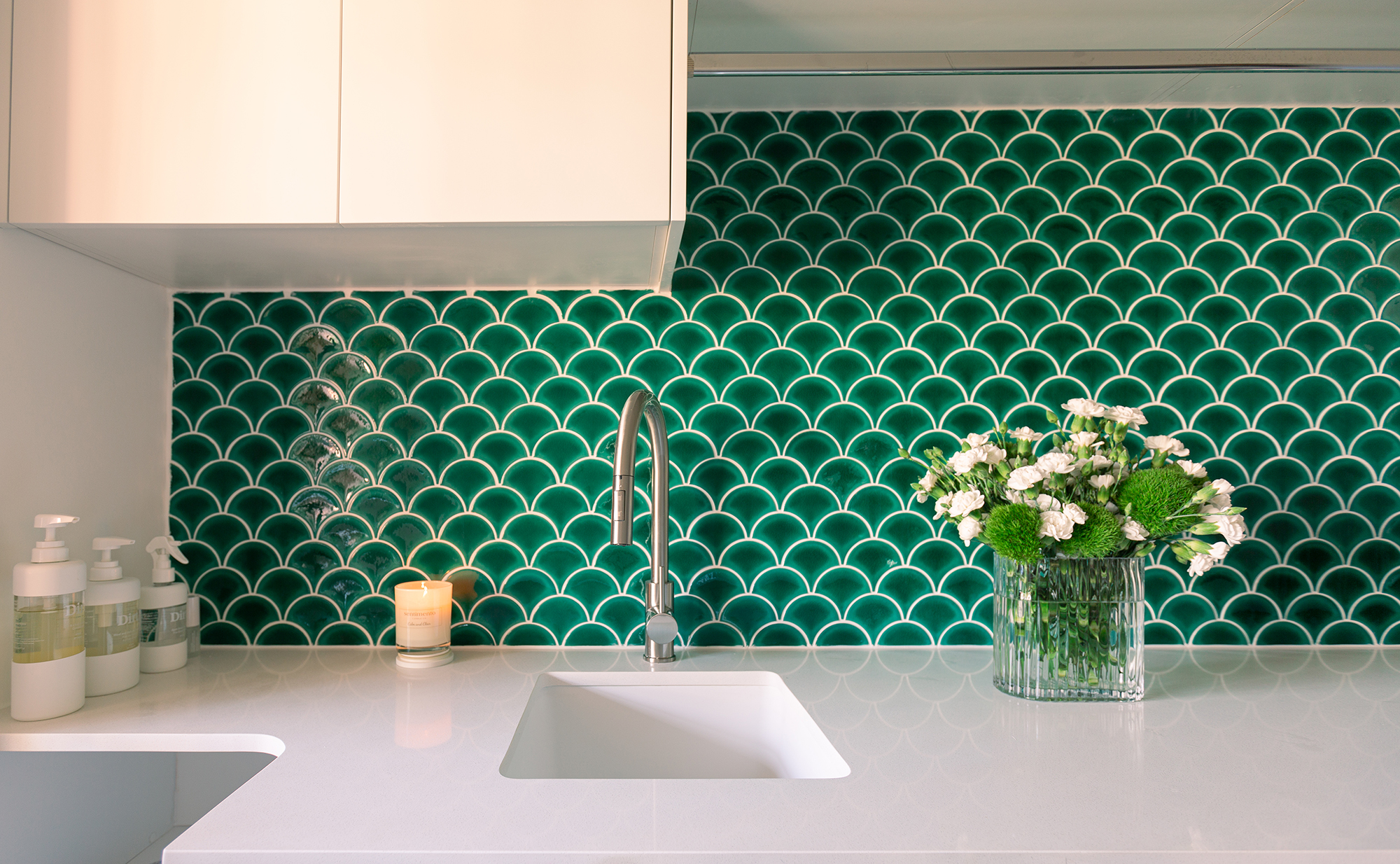
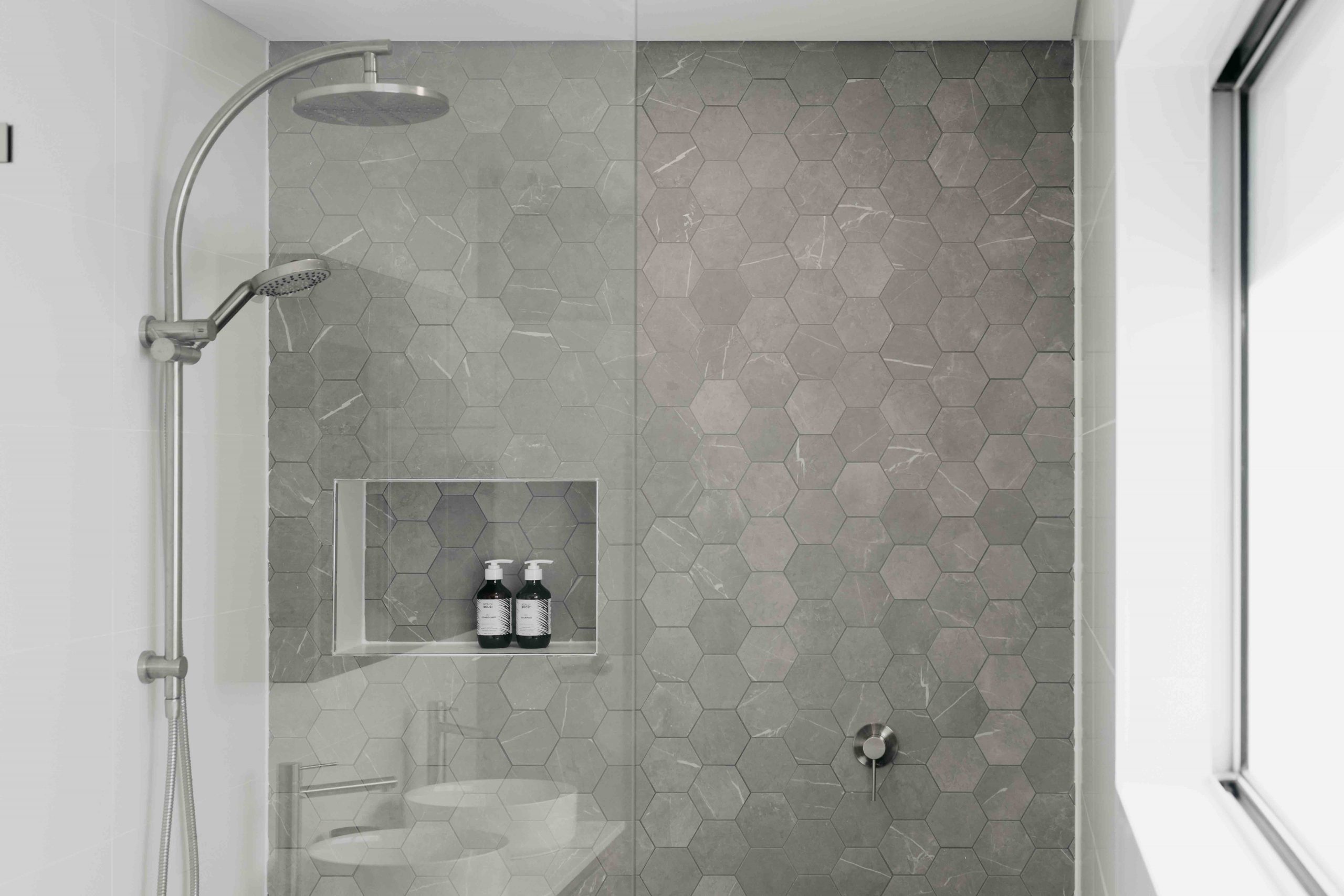 Tailoring Grout and Caulk Selection to Tile Specifications
Tailoring Grout and Caulk Selection to Tile Specifications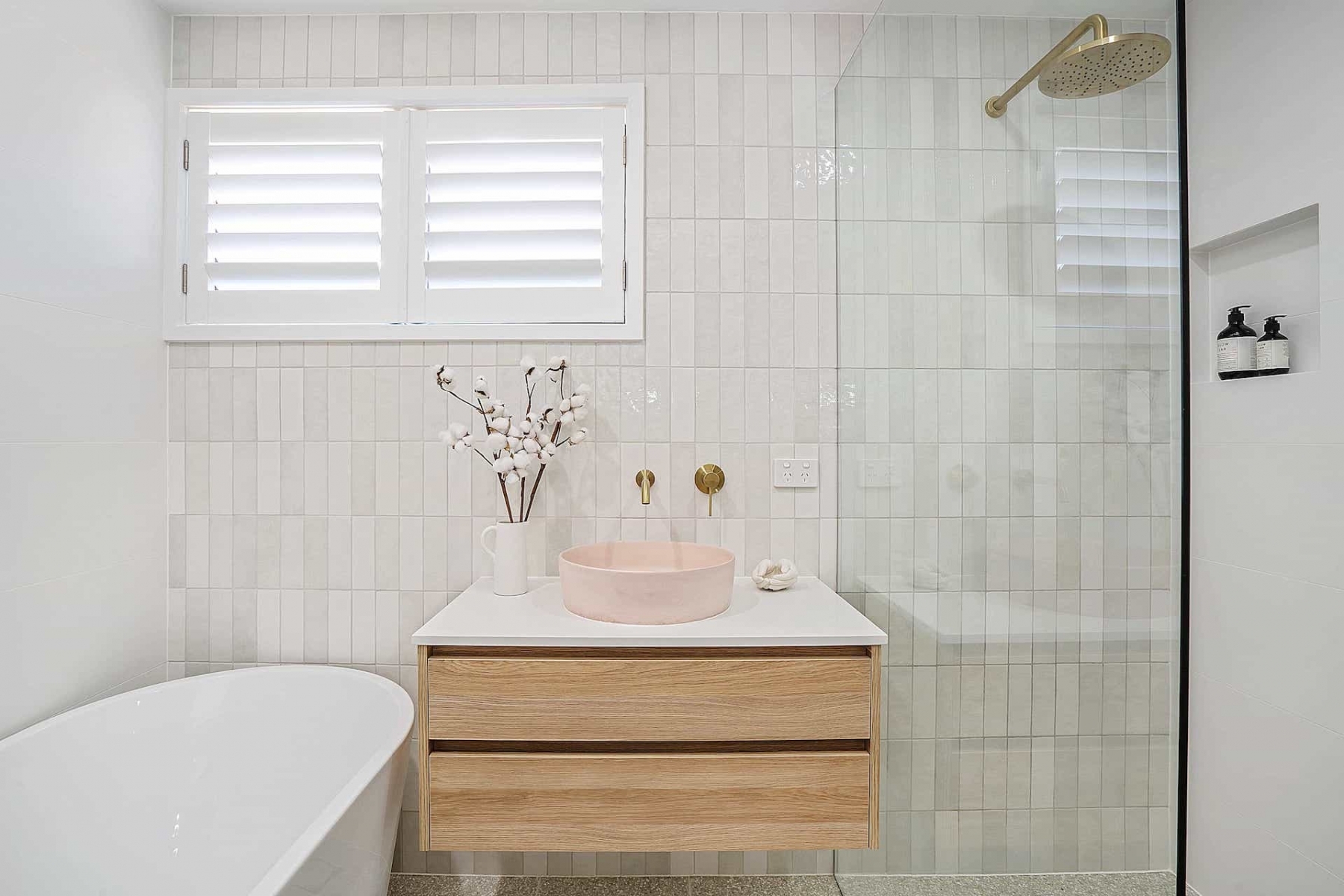 Mastering the Palette: The Strategic Selection of Grout Colour
Mastering the Palette: The Strategic Selection of Grout Colour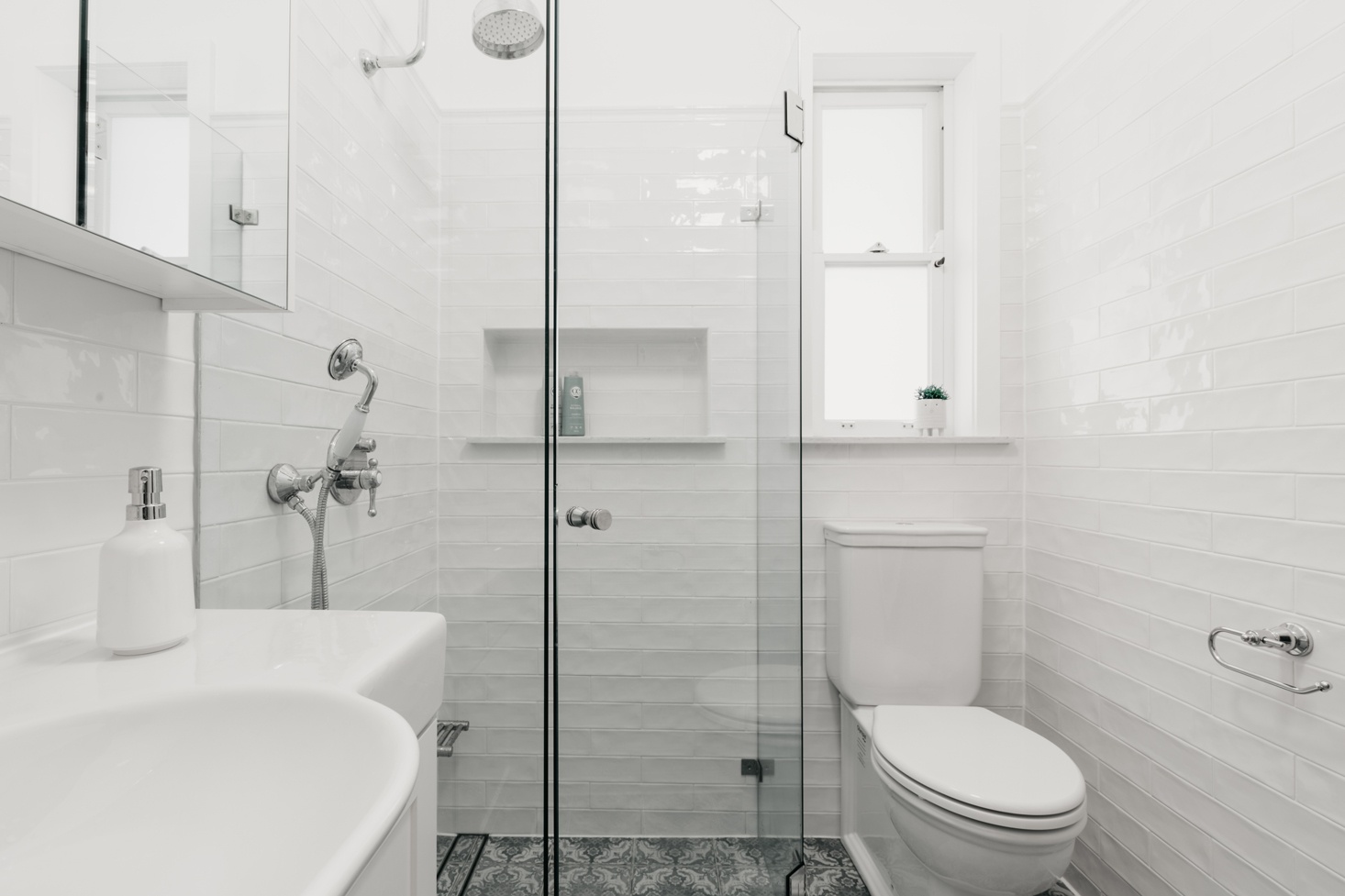 Achieving Aesthetic Harmony: Coordinating Caulk Colour with Tiles and Grout
Achieving Aesthetic Harmony: Coordinating Caulk Colour with Tiles and Grout

